
Cultural Sensitivity Is More Than Language Translation
Bag It Cancer continually reviews the Bag to ensure it is as helpful as it can be for those living with cancer. This spring we conducted research through a series of interviews and focus groups of Latino and Hispanic survivors, caregivers and other stakeholders for input on how to better address their values, beliefs, language, and culture in the Spanish Bag.
We heard about a variety of topics that would be beneficial to include in the Spanish Bag, or address in a different way in the Bag.

For example, to many people, cancer=death. If someone is diagnosed with cancer, the only possible outcome is death. We hope to dispel this commonly-held misconception and others by educating Bag users and families about the evidence-based facts about cancer. We gained more insight about the importance of family in the Latino and Hispanic communities. Family members often take part in the decision making about treatment. Their involvement in that process, and as caregivers, can have huge impacts on a patient’s wellbeing.
We also learned that if nutritional information in the Bag isn’t tailored to culturally relevant foods, patients and caregivers may not make necessary changes to their diet during and after treatment. We plan to include recipes from Latina kitchens that adapt favorite Latin dishes to make them healthier – lower in fat, richer in fiber and vitamins, but still tasty.
Latinos and Hispanics are disproportionately affected by poor conditions of daily life which are shaped by a variety of structural and social position factors (such as income, education, occupations, cultural values, and social support systems), known as social determinants of health. These factors impact their cancer care and survival. We can’t overcome all of these barriers, but we can do our small part by educating and guiding Latinos and Hispanics with a more culturally-tailored Bag It Bag.
We look forward to introducing the new bicultural Bag It Bag to you and your patients at the end of the year.
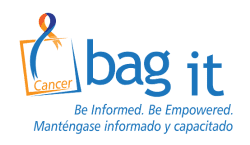
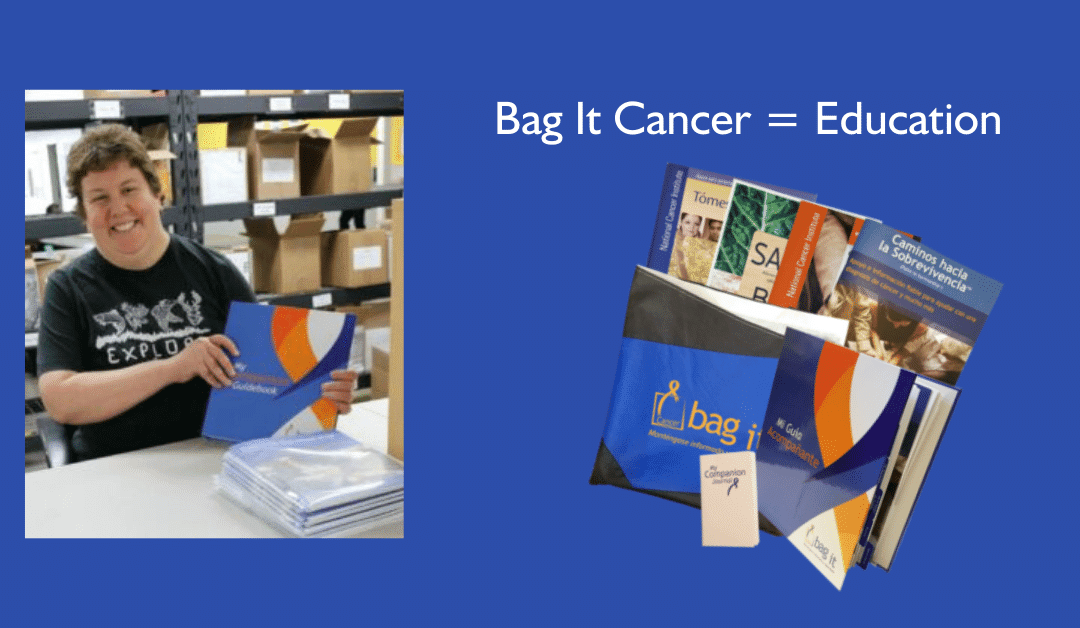
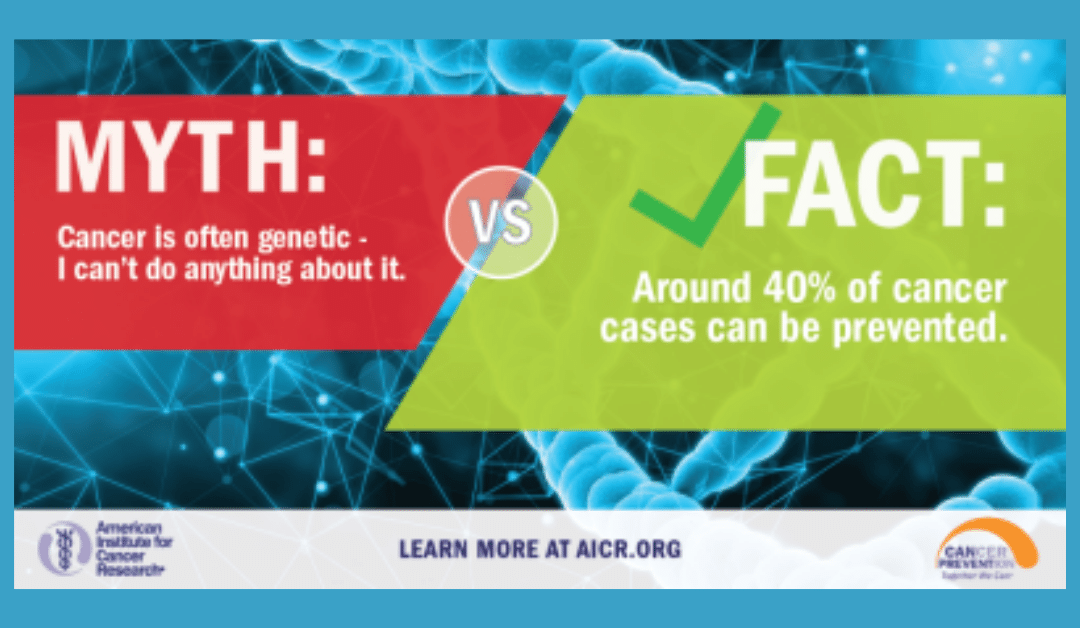
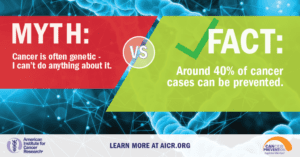
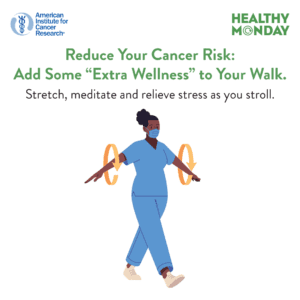
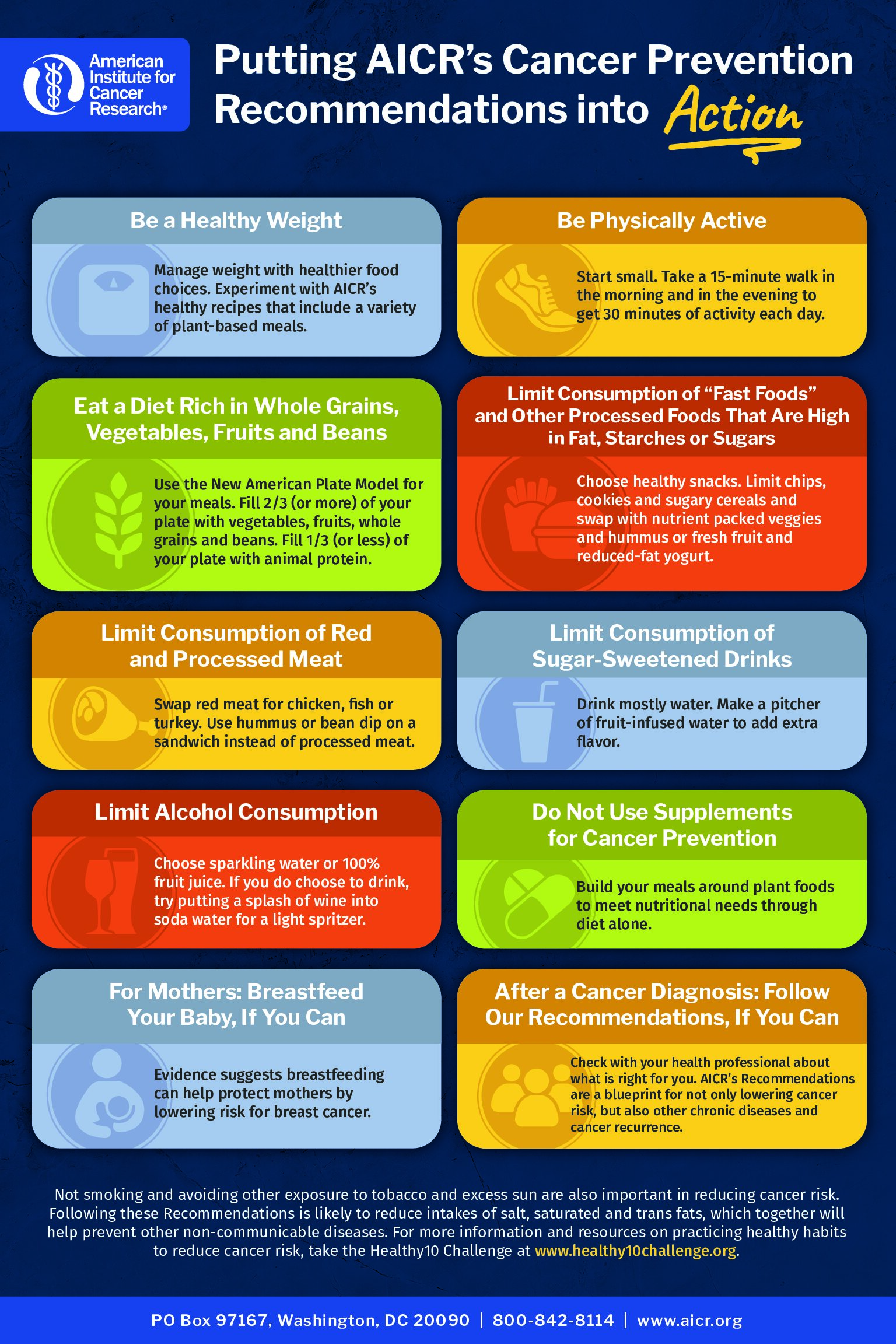
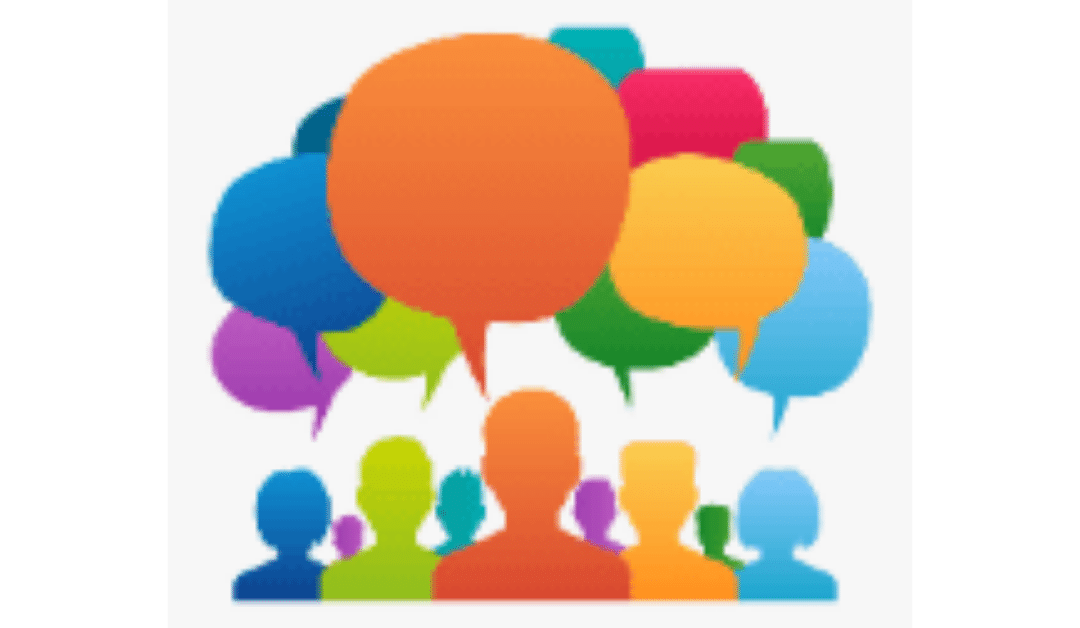
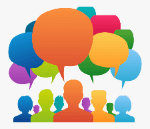 Help make the 2022 version of the Spanish Bag It bag even better! We are recruiting individuals touched by cancer to give input on the bag that best reflect Latino and Hispanic culture, values and belief!
Help make the 2022 version of the Spanish Bag It bag even better! We are recruiting individuals touched by cancer to give input on the bag that best reflect Latino and Hispanic culture, values and belief!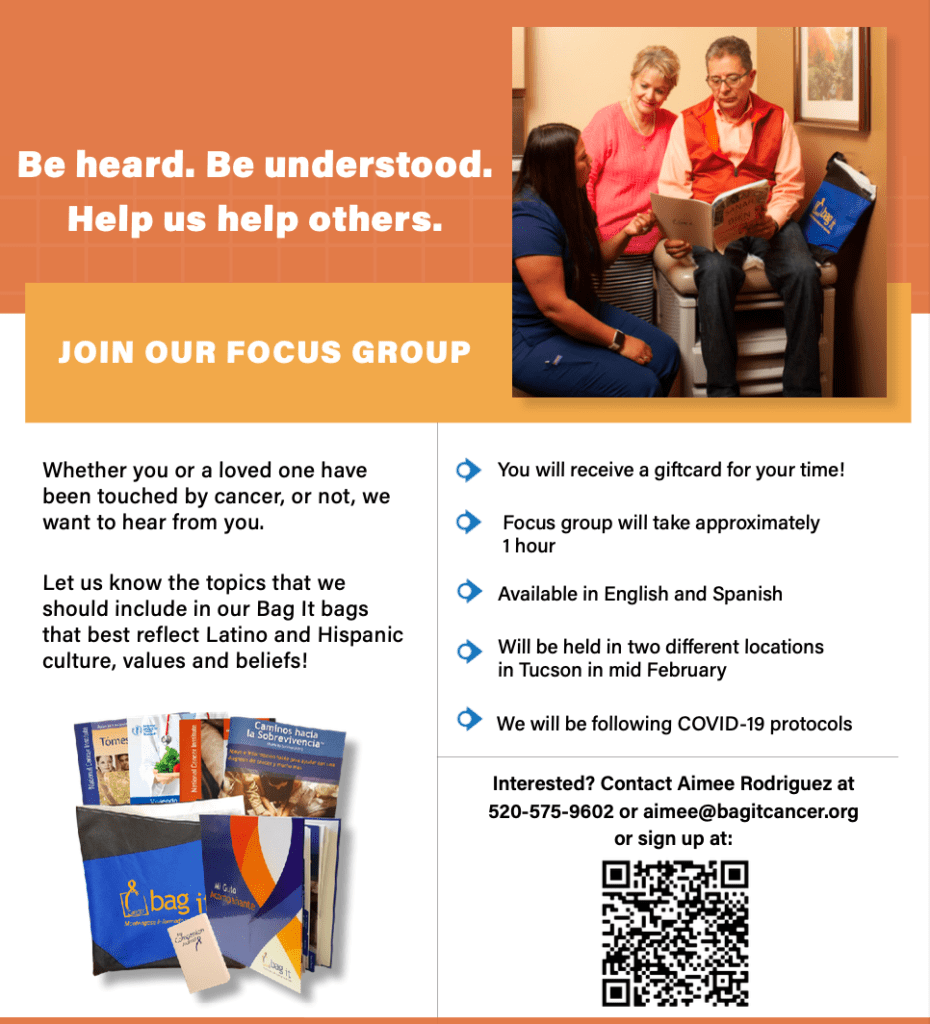
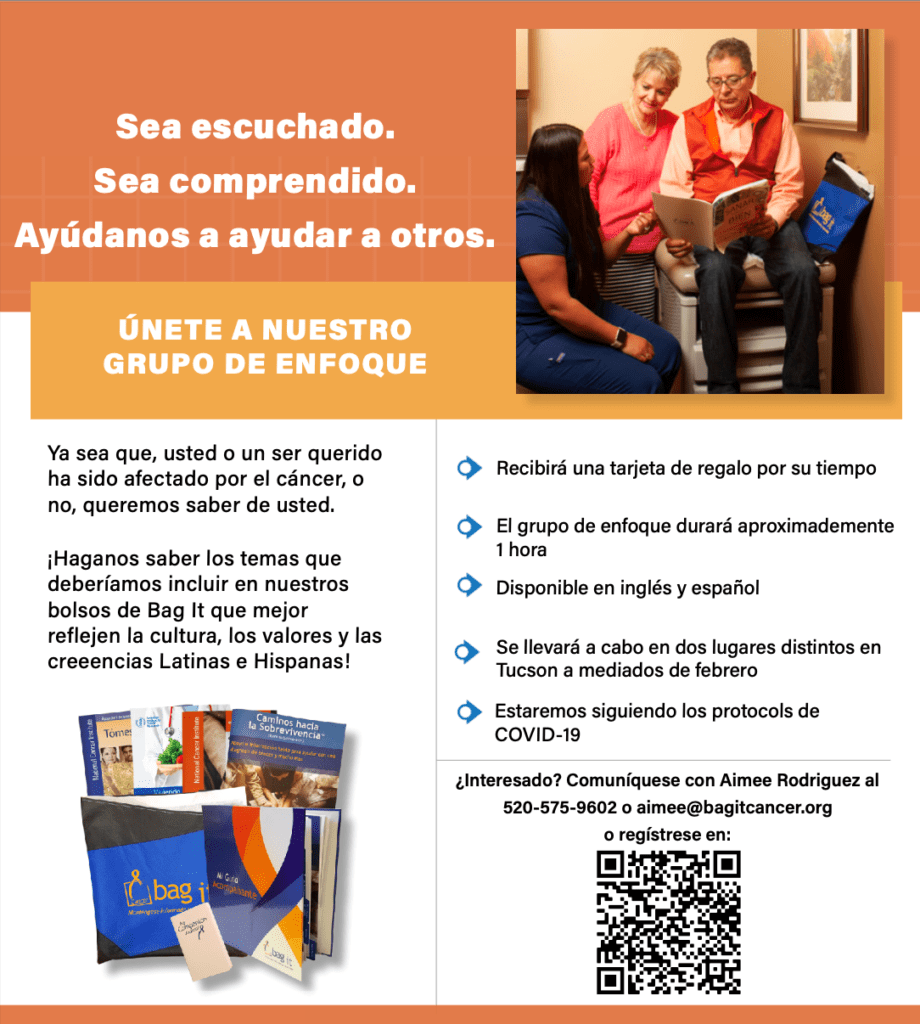
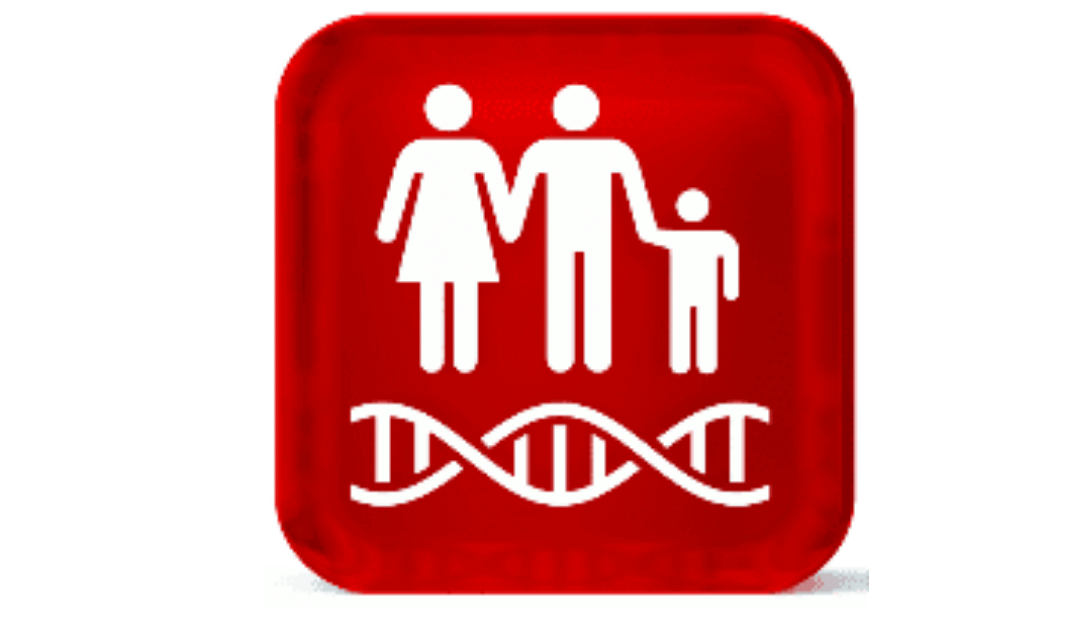
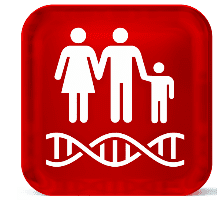 Many people are shocked by their cancer diagnosis when no one in their family has been diagnosed with cancer. Cancer is caused by genetic changes (mutations or variants) in a person’s genes, chromosomes, or proteins, but that doesn’t generally mean it’s inherited from a parent. In fact, only about 5-10% of cancers are due to inherited cancer syndrome (germline mutation).
Many people are shocked by their cancer diagnosis when no one in their family has been diagnosed with cancer. Cancer is caused by genetic changes (mutations or variants) in a person’s genes, chromosomes, or proteins, but that doesn’t generally mean it’s inherited from a parent. In fact, only about 5-10% of cancers are due to inherited cancer syndrome (germline mutation).
Recent Comments